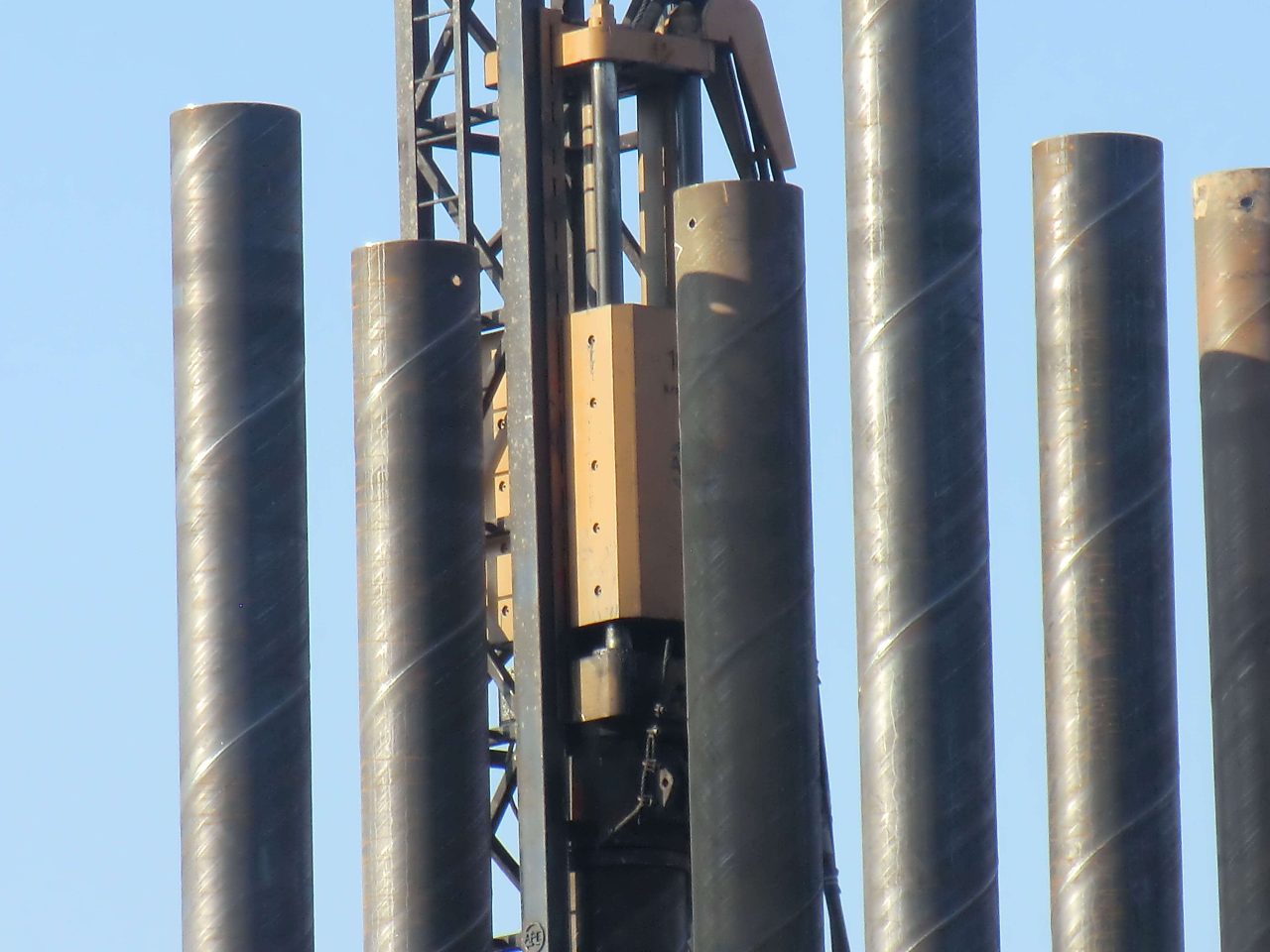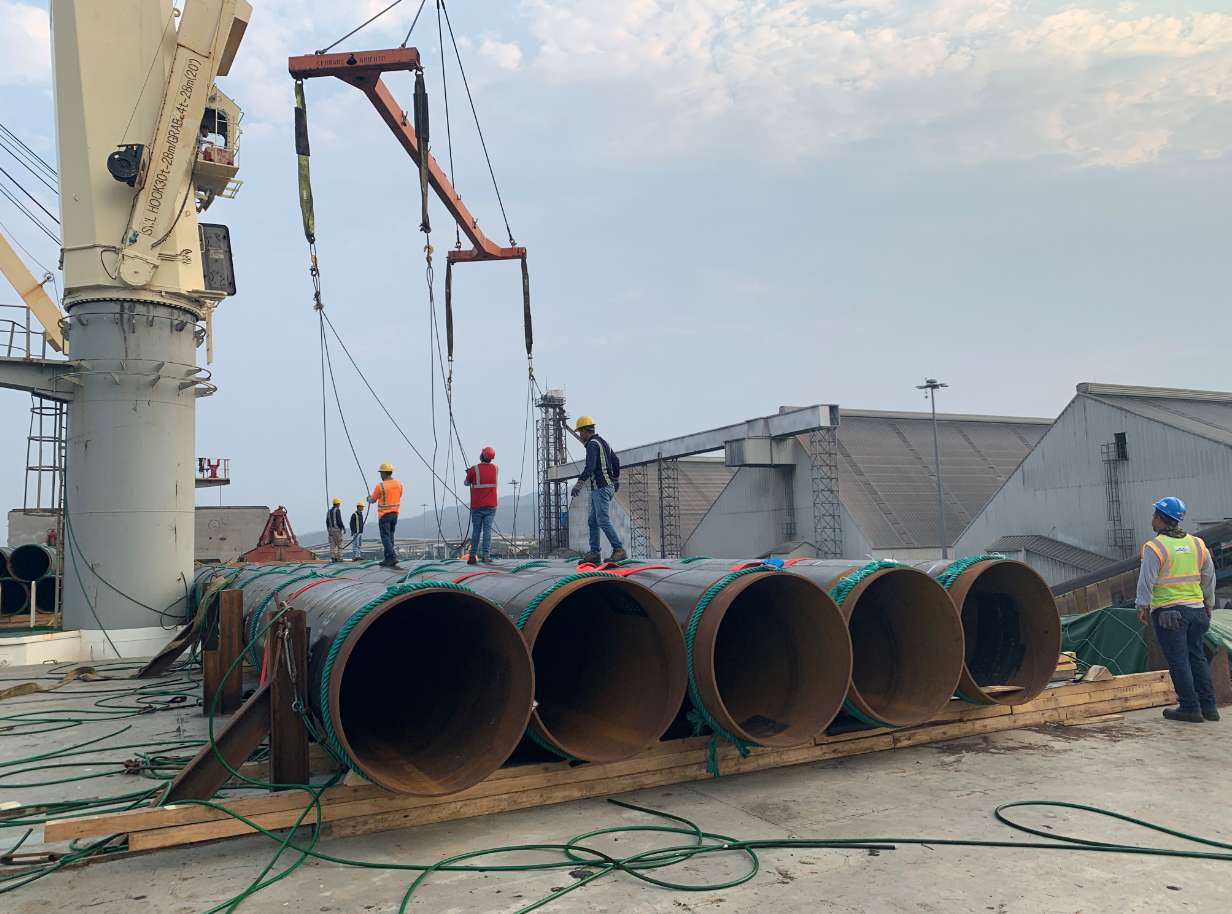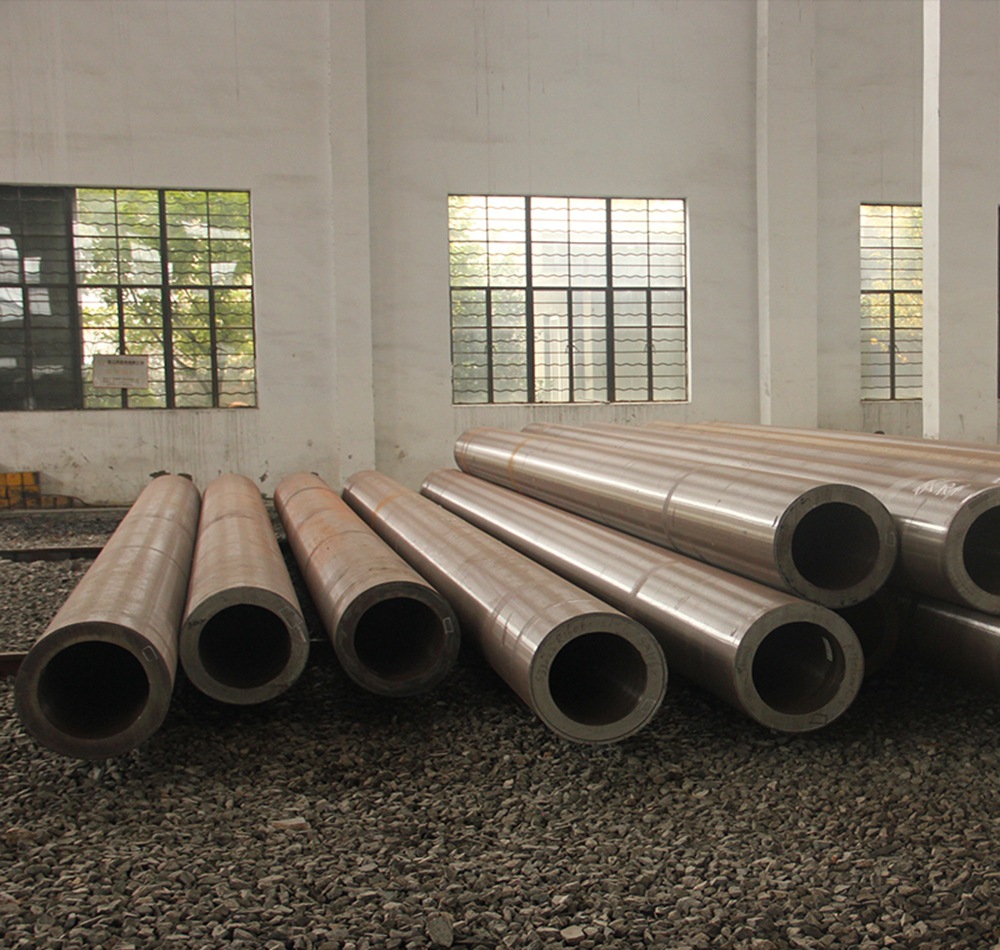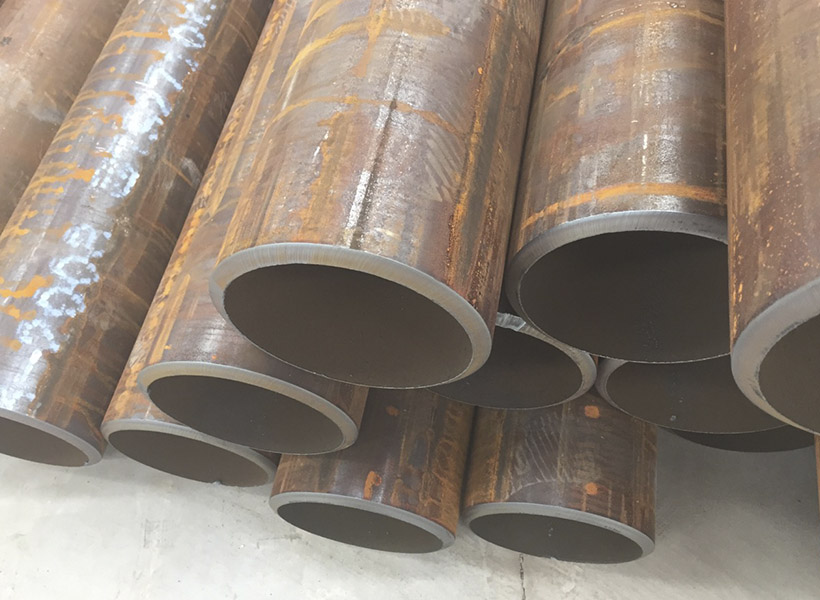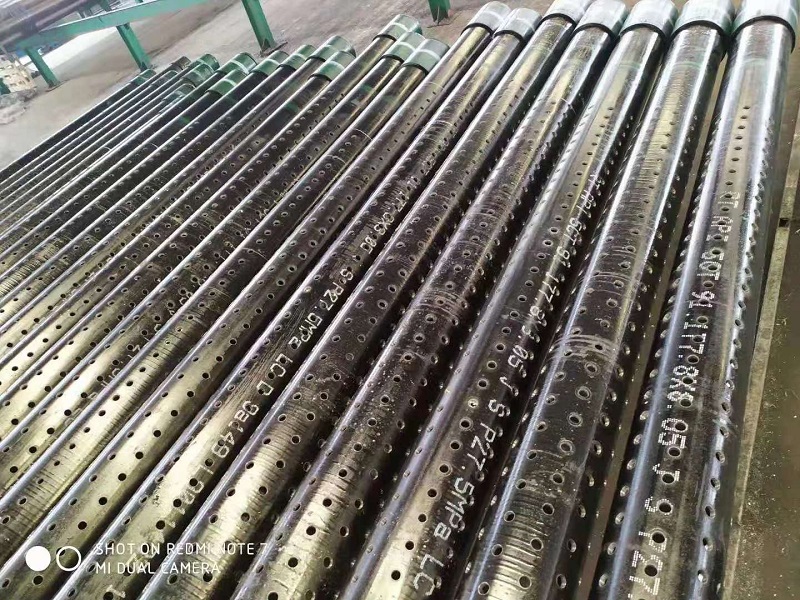Introduction
Driven pipe piles are commonly used foundation elements to transfer offshore structure loads through weak, compressible soils into bearing strata. During installation via impact driving, plugs of cohesive soil become sheared and compacted within the pile, providing significant additional shaft resistance. Classical pile analysis like wave equation methods cannot capture the complex soil-structure interaction governing plug formation and its effects on driving behavior. This study aims to develop a finite element model simulating the large deformation driving process, shedding light on variables controlling plug characteristics and implications for design.
Literature Review
Past experiments identified three characteristic plug zones formed during driving: a crushed zone at the toe, a densely compacted central zone and a sheared zone near the soil surface (1). Studies also correlated plug dimensions with soil properties, installation energy and pile properties (2,3). However, full-scale dynamic pile testing remains challenging. Existing FE models simulated static axial behavior, neglecting driving-induced soil yielding critical to captive plug stability (4). Models coupling interface shear-dilation captured axial capacity increases but lacked dynamic driving simulations (5). Overall, accurately modeling the driving process and evolving soil-plug interaction necessitates large deformation analyses.
FE Model Development
A coupled soil-structure model was developed using ABAQUS/Explicit. The 2m long pipe pile had 75mm wall thickness and 800mm diameter meshes with 4-noded shell elements. The surrounding 15m long soil column comprised 8-noded brick elements with refined mesh around the pile. The MIT-E3 soil plasticity model was used, calibrated from triaxial tests. Interface elements along the pile simulated frictional-cohesive behavior with a failure criterion accounting for dilatancy effects as shear strain increases (6). Impacts were applied via distributed loads on the pile top over prescribed histories matching diesel hammer energies.
Analysis Procedure
An incremental dynamic implicit solution scheme addressed the extreme non-linearity while capturing large soil deformations. Energy dissipation at each time step determined the development of plasticity/compaction within the soil surrounding and inside the pile during driving. Output parameters included the installed pile length evolution, pile driving resistance and transient responses as well as the final soil plug geometry and density profile.
Results and Discussion
Figure 1 shows installation of the pile to 6m depth after 200 blows, with the final soil plug clearly visible inside the 5m long captive zone. Soil densities exceeded 2000kg/m3 within this zone compared to 1900kg/m3 at 1m away, confirming the intense compaction mechanism. Pile driving resistance versus depth curves matched experimental trends, useful for validating capacity predictions. Parametric analyses revealed clay strength and interface properties most influenced plug shape/extent, whereas driving energy governed compaction levels.
Figure 1. Deformed FE mesh after driving showing developed soil plug
A series of additional simulations examined the transition from full plugging to plug arrest/ejection with increasing soil strength, the influence of remolding and strain-rate effects as well as implications for design capacity. Of particular interest, plug stability affected load transfer mechanisms near the soil surface whereas driving energy attenuated capacity increases below plug arrest depths.
Conclusions
A large deformation FE modeling approach successfully simulated the complex interaction between cohesive soils and steel piles duringimpact driving. Results provided new insight into how soil properties, interface behavior and energy input govern plug formation characteristics with depth. Comparisons to experimental data validated the suitability of the modeling technique for further analyzing driven pile performance and optimized design. Future work includes extending the methodology to monopiles in offshore foundations.

